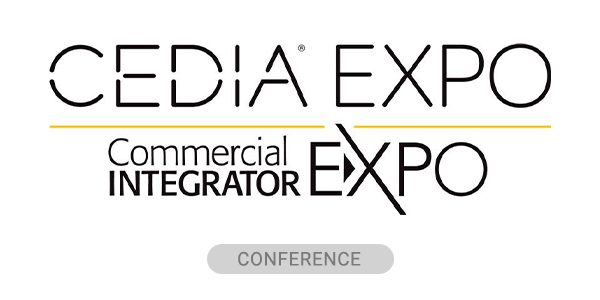Over the last decade industry experts counselled that the future of AV integration was inextricable from information technology and that the ability to adapt to AV/IT convergence would make or break businesses. We now live and work in this era of AV/IT convergence and those competitors who failed to listen now teeter on the edge of extinction. Congratulations to those who succeeded and adapted, but now is not the time to relax.
“Margins on equipment sales – long the staple of traditional AV integration – are razor-thin or non-existent thanks to commoditization,” says Dawn Meade (CTS), an AV Nation Board Member and Director of Marketing at Net-AV.
“For decades, integrators have been giving away their time and services to make money on the equipment. Having trained customers of traditional AV to expect super-cheap labor and free engineering, it is near impossible to shift gears and still compete without some major shift in both internal-facing corporate mind-set and external-facing product offerings and marketing efforts,” adds Meade.
So how do integrators recover this loss of revenue? If you’ve been listening and paying attention to industry news for the last couple of years, you’ll know the answer is recurring revenue streams and managed services. If you’ve been missing out, read the 2015 CI: State of the Industry Report.
In an interview with InfoComm International two years ago, Sean Goldstein, Vice President of Marketing for Crestron Electronics said, “A lot of small and midsize businesses, all the way to the enterprise, are outsourcing what they term non-critical business functions, including IT. Why not AV and environmental systems? We think it’s a big opportunity. People are asking us for it because their clients are asking for it.”
In that same article Brian Grimes wrote that AV companies needed to differentiate their business by offering “a comprehensive suite of services.” More traditionally this could be achieved by physically providing on-site services where the AV firm’s employee might work at the client’s site, either full time or on-demand, and manage or service the client’s AV system. However, thanks to remote management systems, AV integrators have the means to provide support, monitor, troubleshoot, and manage networks as a service without having to send out a technician.
Meade explains that Net-AV began transitioning away from traditional AV integration back in 2013 and began to rebrand as a technology services provider specializing in AV.
“Over the past two years, we’ve been laying the necessary groundwork to make this transition a viable, profitable reality for the long-term growth of our company. Part of that groundwork was evaluating managed service offerings from various manufacturers to determine which products and offerings best fit our corporate philosophy and our clients’ needs. One of the offerings we are including in our managed service product line is the Pakedge BakPak,” said Meade.
 The BakPak Cloud Management System is robust and offers many features that have simplified installation and management and helped provide Net-AV customers with peace of mind, according to Meade.
The BakPak Cloud Management System is robust and offers many features that have simplified installation and management and helped provide Net-AV customers with peace of mind, according to Meade.
“The dashboard, alert system, and customizable reporting allow us to give our clients useable metrics on their systems’ performance and a means to see the value in our services. This visible ROI for customers makes selling additional managed services and recurring contracts much easier. Plus, we know that the BakPak will easily communicate with the other Pakedge products we use on projects – routers, switches, managed power, etc. – so we don’t have to worry about compatibility issues,” she added.
The Net-AV director of marketing described how the Pakedge cloud management service gave Net-AV a competitive edge by empowering their networks with device self-healing, detect & repair, auto discovery and mapping. Services such as these obviously require some investment – for example the Pakedge BakPak requires a NP-36 network patroller and licenses – but these costs can be rolled over to the clients as managed service subscriptions.
Though seasoned AV integration executives who understand the value of service will have designated a special department separate from their installation team, they might not offer full-fledged managed services. “Top-tier AV integrators understand that they need a recurring revenue stream and that it requires investing a decent amount of money,” explained Rob Gilfillan, President of Cenero, a service based AV integration firm in an InfoComm report.
If dedicated, AV integrators could make major returns on investment with managed services, but too many are still afraid to take the leap and struggle to understand how to scale in this direction. But with products like the Pakedge BakPak and resources like those available on InfoComm International or in Commercial Integrator’s White Papers and webcasts, integrators have little excuse.
For more steps on how to begin scaling with managed services check out The Case for Managed AV Services or begin by inquiring about remote management systems like Pakedge’s BakPak.
![]()










